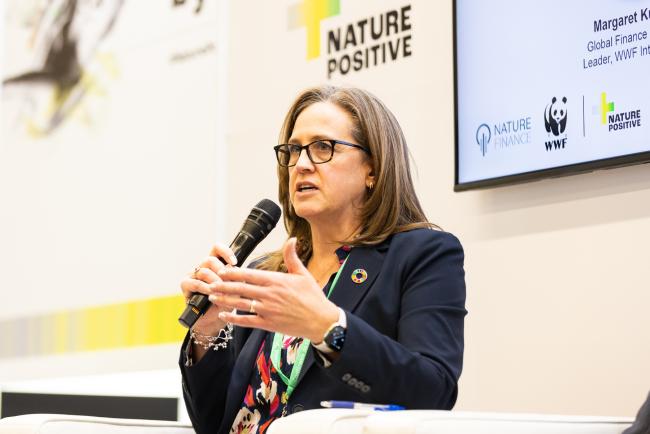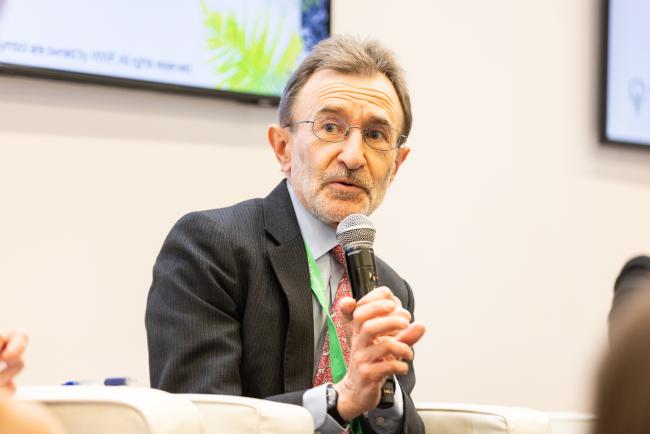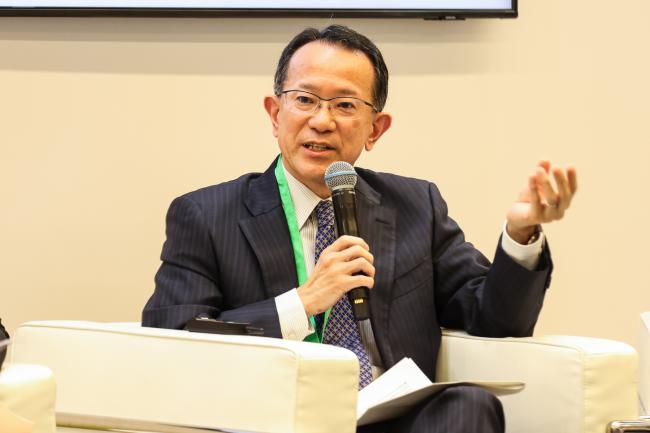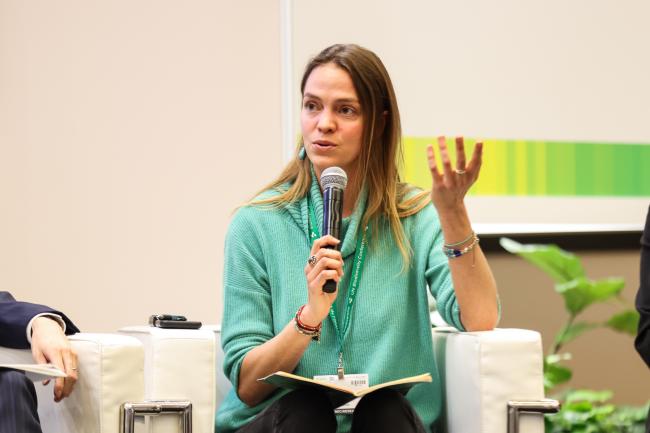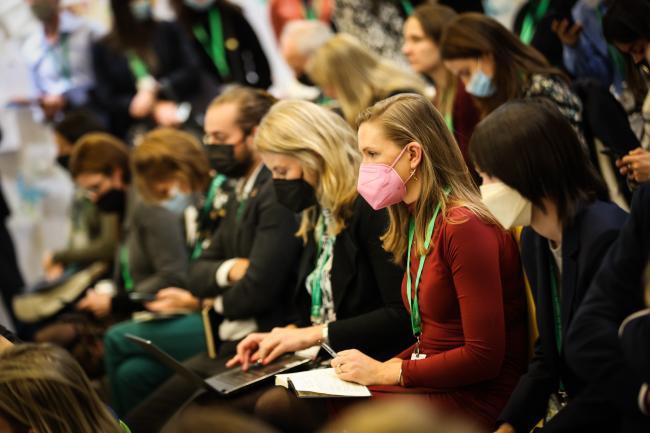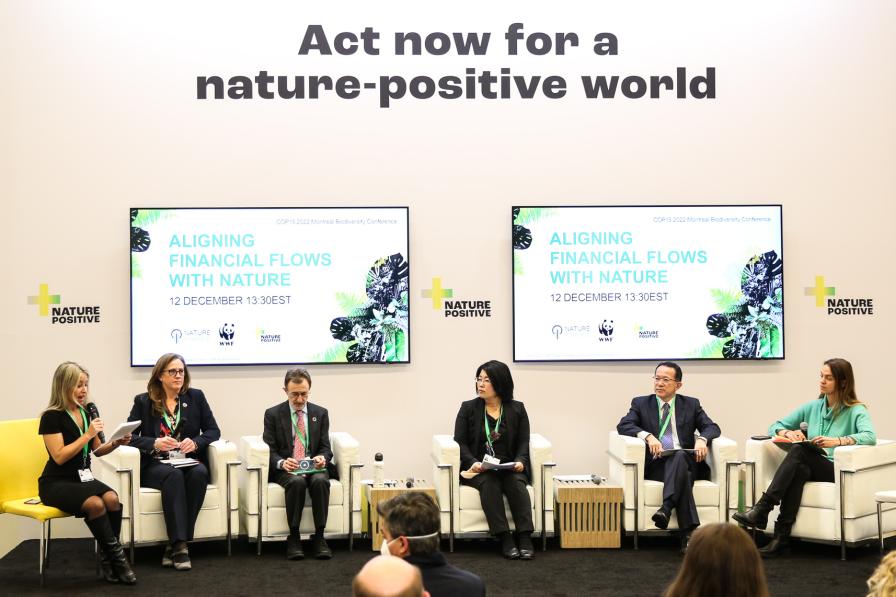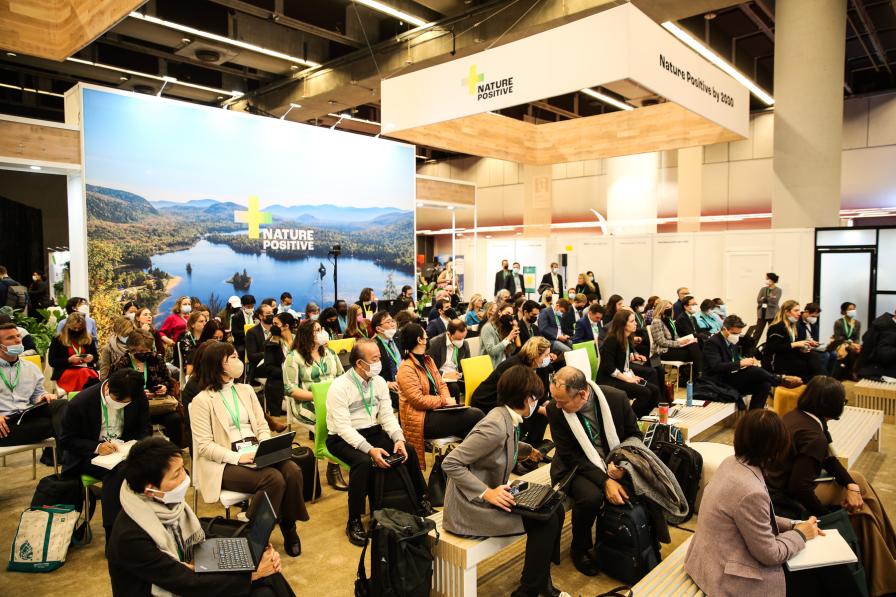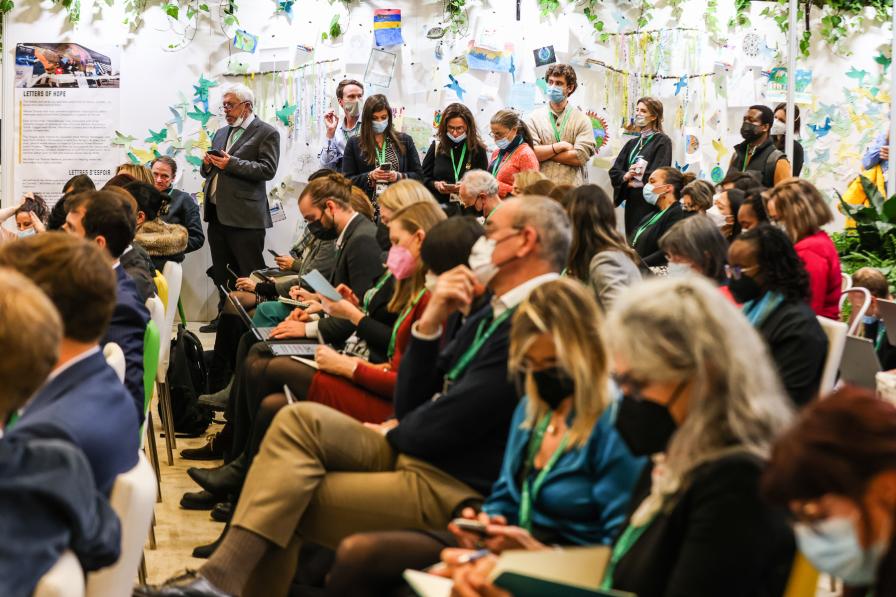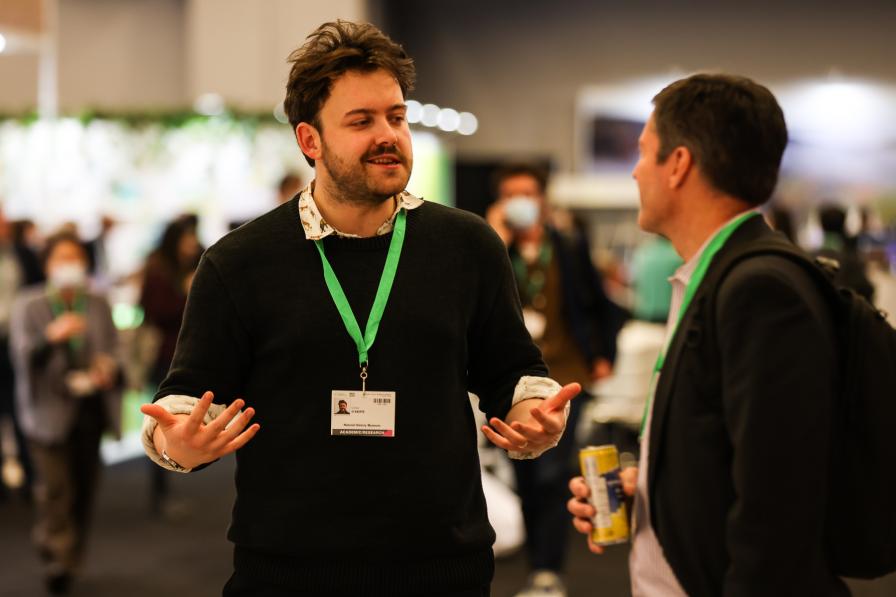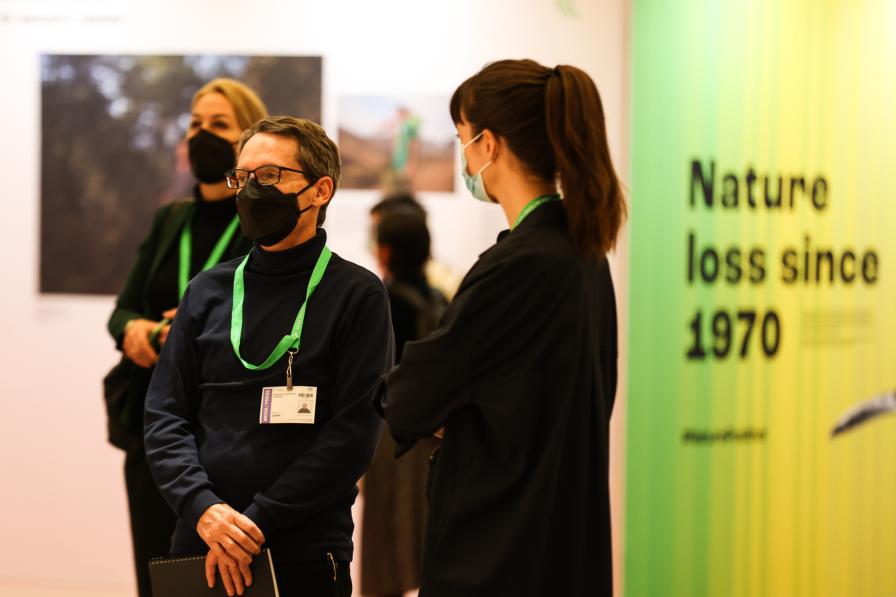About
Speakers explored Concrete solutions are needed for increasing the alignment of public and private financial flows with nature that could be implemented by companies and financial institutions to disclose nature-related risks and opportunities.
Concrete solutions are needed for increasing the alignment of public and private financial flows with nature. One such solution is the global Nature-Finance Alignment Toolkit being developed by NatureFinance to allow financial actors and governments to identify, measure, and disclose their degree of alignment with nature.
This event, which convened during the 2022 UN Biodiversity Conference, showcased such solutions, with participants exploring the global Nature-Finance Alignment Toolkit, as well as how the Taskforce on Nature-related Financial Disclosures (TNFD) framework could be implemented by companies and financial institutions to disclose nature-related risks and opportunities.
Vian Sharif, NatureAlpha, moderated the event, and underscored the need to adopt an aligned framework for implementing nature-related financial disclosures.
On the new tools and solutions to increase alignment of finance with nature-positive and net-zero goals, Margaret Kuhlow, WWF, called for clear political signals to address biodiversity loss including those aimed at: halting and reversing nature loss; scaling solutions; and ratcheting up action to ensure the goals are achieved. She stressed the importance of financing nature-supportive actions, and called for a shared language to address the interdisciplinary, complex challenges under the umbrella of biodiversity. She pointed to the TNFD as a model, and noted the fact that financiers and practitioners within the biodiversity sphere address the same issue in different ways. She also drew attention to technological tools to catalyze action, noting that disclosures can drive decision making towards alignment on nature.
Jeremy Eppel, Nature Finance, discussed an Alignment Tool developed by his organization to address financial flows from the perspective of how well they align with nature. He noted that the Alignment Tool is the first of its kind, explaining that that it works to identify policy solutions and provide a foundation for action to increase nature positive outcomes across the financial sector. He explained that the tool uses data against public and private financial flows to assess their alignment with nature. He shared that public, private, and development finance is not, at the moment, highly aligned with nature. He said the tool will be further developed, including through a pilot phase, and underlined that the data can be taken up by the TNFD.
Emily McKenzie, TNFD, described the TNFD, noting this disclosure framework will enable organizations to report and act on evolving nature-related risks. She underlined that its goal is to shift global financial flows away from nature-harming activities and towards nature-positive activities. She shared that the Taskforce is tracking negotiations on the post-2020 global biodiversity framework (GBF) targets. She said the Alignment Tool and TNFD are complementary and will work to catalyze action and lamented the fact that perverse, nature-harming subsidies vastly outweigh well-financed nature-positive activities.
Naoko Hamashima, Ministry of Environment, Japan, stated that Japanese companies have been reporting on environmental considerations but there is still a long way to go in quantifying the information in these reports. She highlighted the stranded assets theory, explaining, for example, that the amount of fossil fuels that could not be burned are stranded assets, and underlined that the same must be done under biodiversity, pointing to the nature-positive initiative. She welcomed the TNFD as an important part of this. She highlighted the country’s Regional Economic Cycle Analysis, a public-private partnership tool, which weighs the costs and benefits of investing in projects before they are implemented. Noting that Japan will hold the Presidency of the G-7 in 2023, she said that the Ministry of Environment will promote nature-positive tools throughout their presidency.
Takeshi Harada, Development Bank of Japan (DBJ), introduced this domestic development bank, which: engages with local companies and governments; provides knowledge to regional banks; and contributes to policymaking. He shared that DBJ supports a whole-of-region transition to nature-positive practices. He drew attention to the establishment of a Carbon-Neutral Council, noting that something similar could be used to address nature-positive solutions as well. He underlined the strength of DBJ’s network to catalyze nature-positive and carbon-neutral action across regions, welcoming partnerships in this regard.
Alexa Firmenich, Crowther Lab, ETH Zurich, emphasized the need for a common understanding of biodiversity in order to correctly channel financial flows. She described the SEED Tool, the world’s first globally-unified biodiversity rating that reflects the complexity of ecosystem dynamics. Noting the need to combine ground truthing with an economic paradigm that simplifies nature, she underlined that the value of nature lies in its complexity. She said SEED feeds into other tools, as it illuminates different parts of ecosystems that have not been mapped or are less understood.
In the ensuing discussion, Hamashima said a technical solution must create a “nature” asset class by shifting nature “risks” toward “opportunities.” Eppel called for aligning markets with nature, urging effective market governance and noting that current carbon markets are ineffective. Kuhlow advocated for addressing funding for nature’s stewards locally. McKenzie noted upstream impacts in value chains, saying the Task Force seeks principles for sustainable use and management practices. She identified human and environmental rights, Indigenous knowledge, access and benefit sharing, and just transition as four themes for their work on a financing framework, alongside available principles and guidelines.
Organizers: NatureFinance and WWF
Contact: Joanna Omalley joanna.omalley@naturefinance.net
For More Information: https://tnfd.global/
Written and edited by Tallash Kantai, Vijay Kolinjivadi, and Debbie Davenport.
All ENB photos are free to use with attribution. For this event, please use: Photo by IISD/ENB | Natalia Mroz
To receive free coverage of global environmental events delivered to your inbox, subscribe to the ENB Update newsletter.



